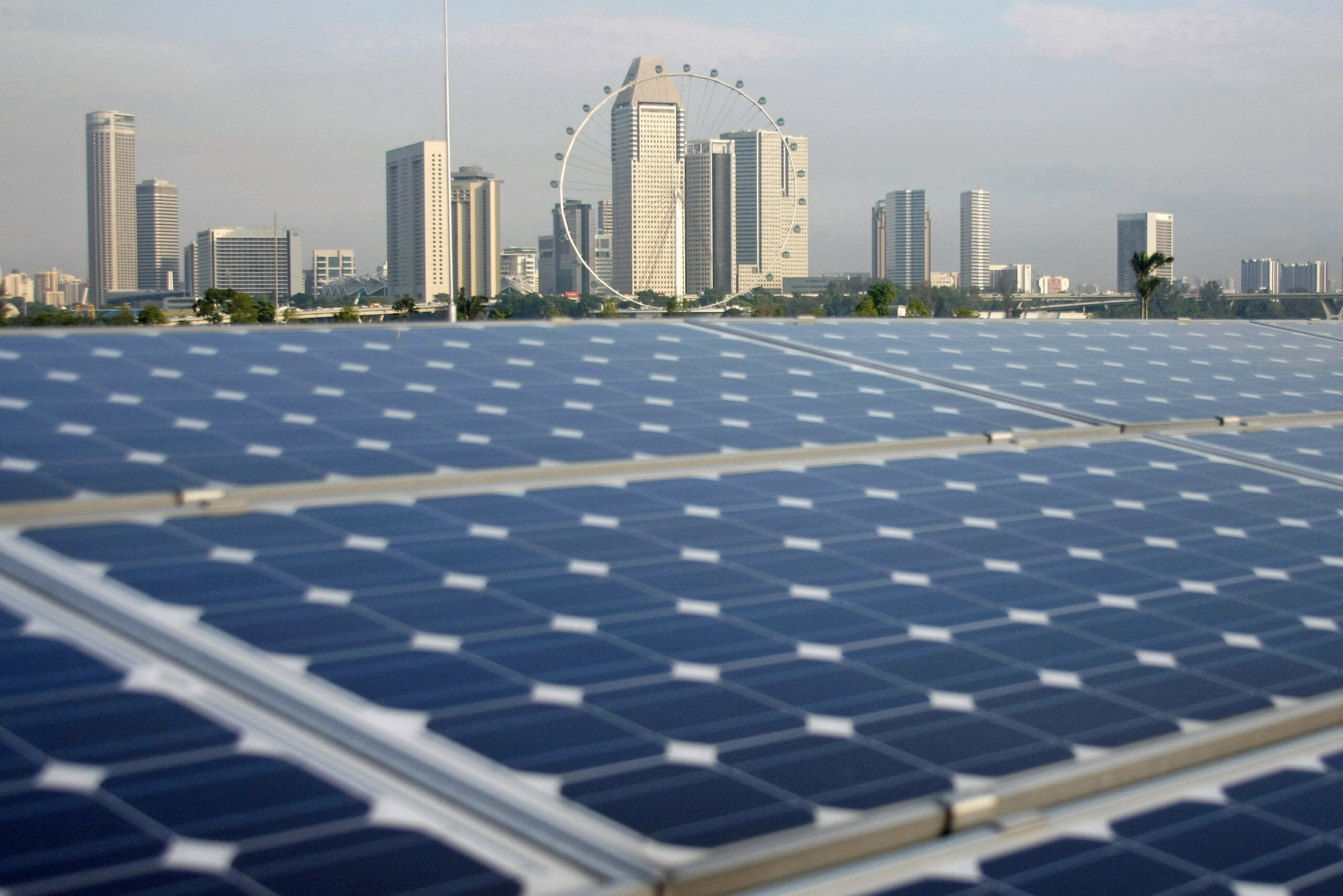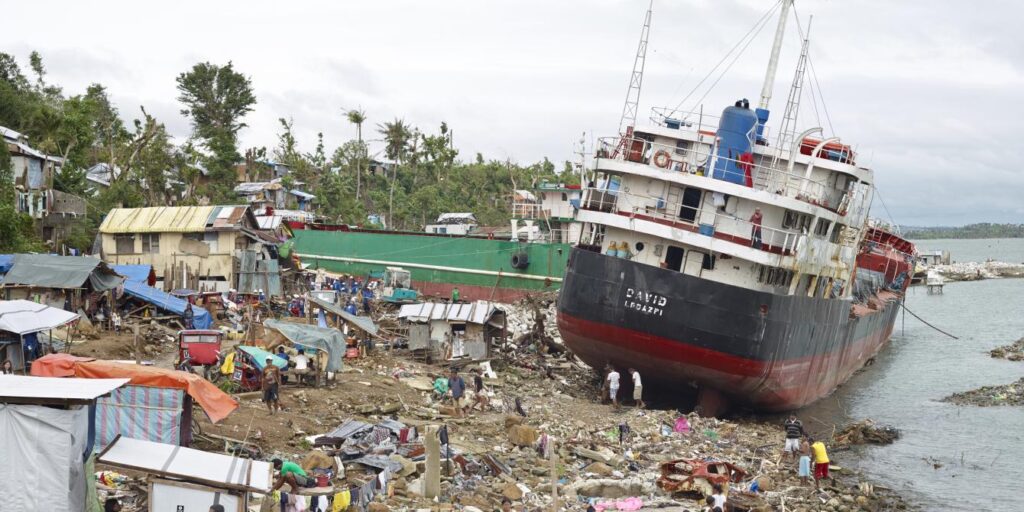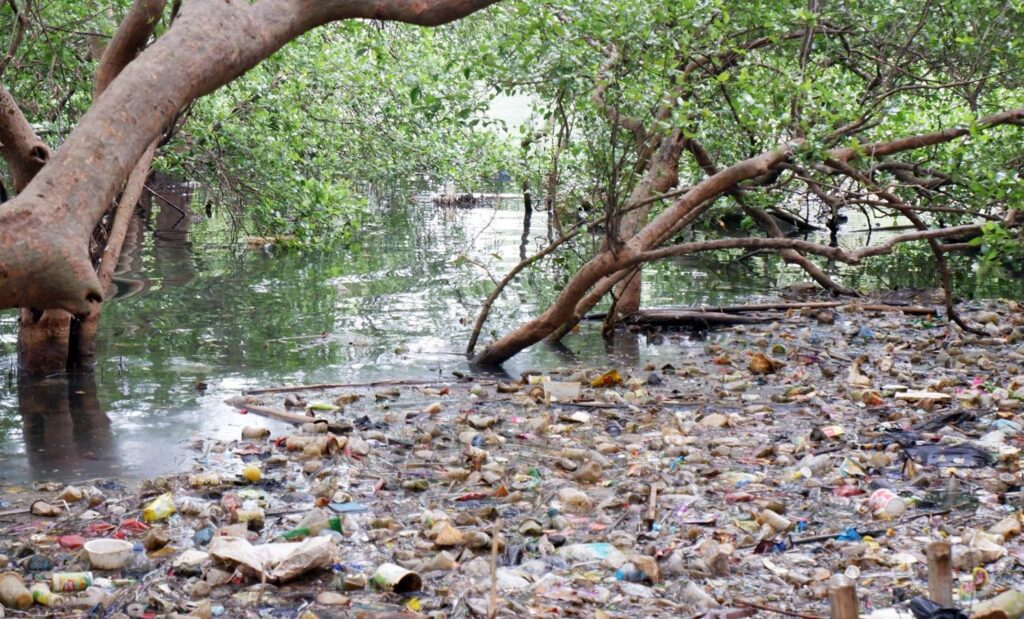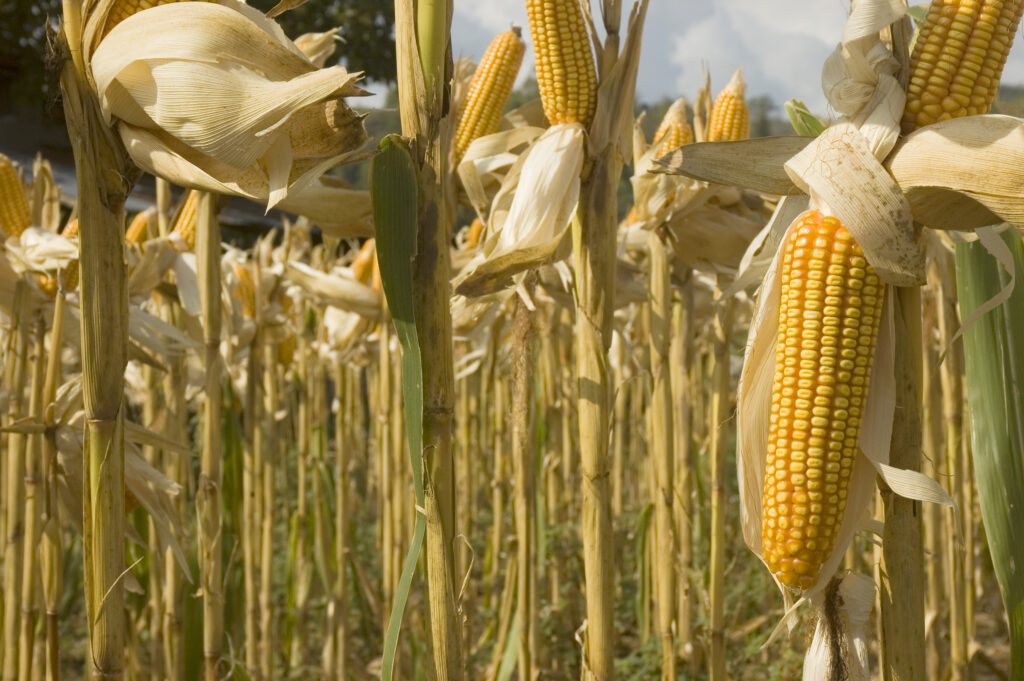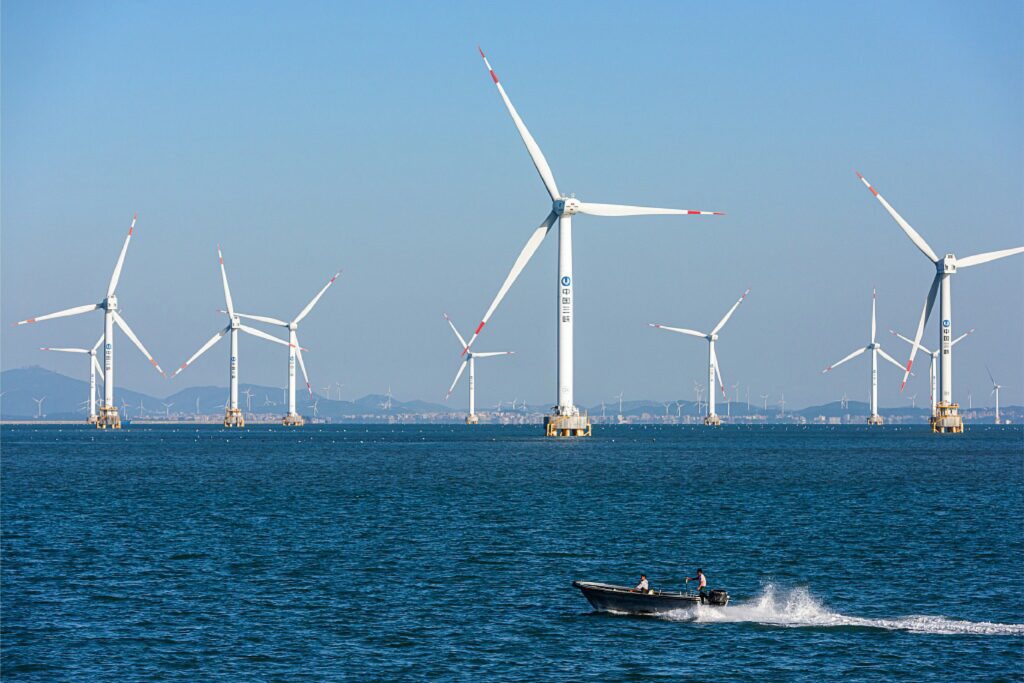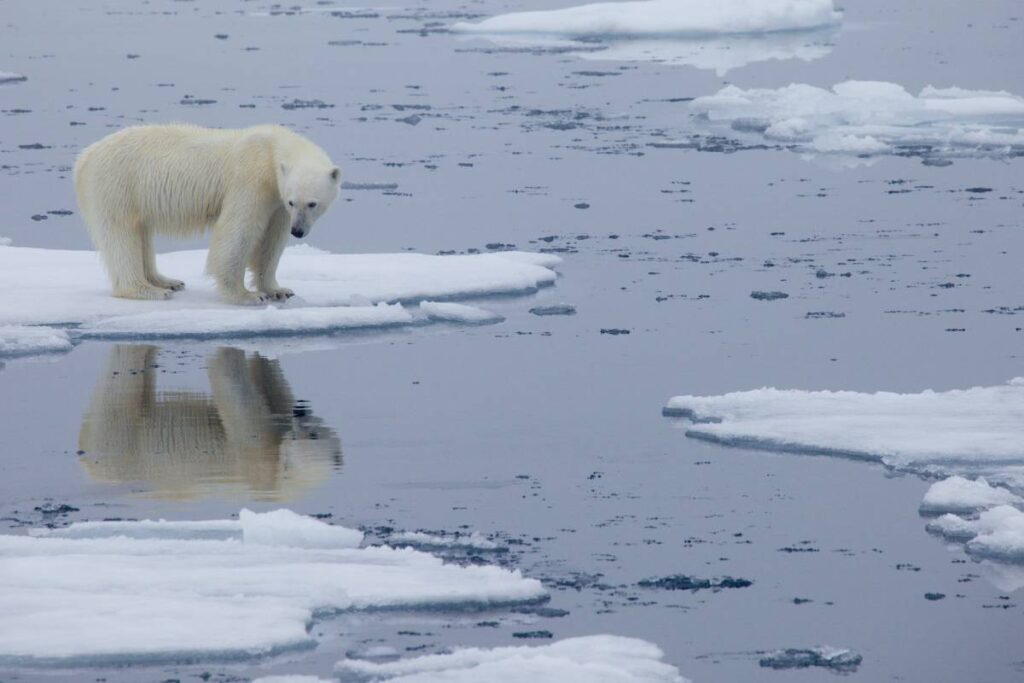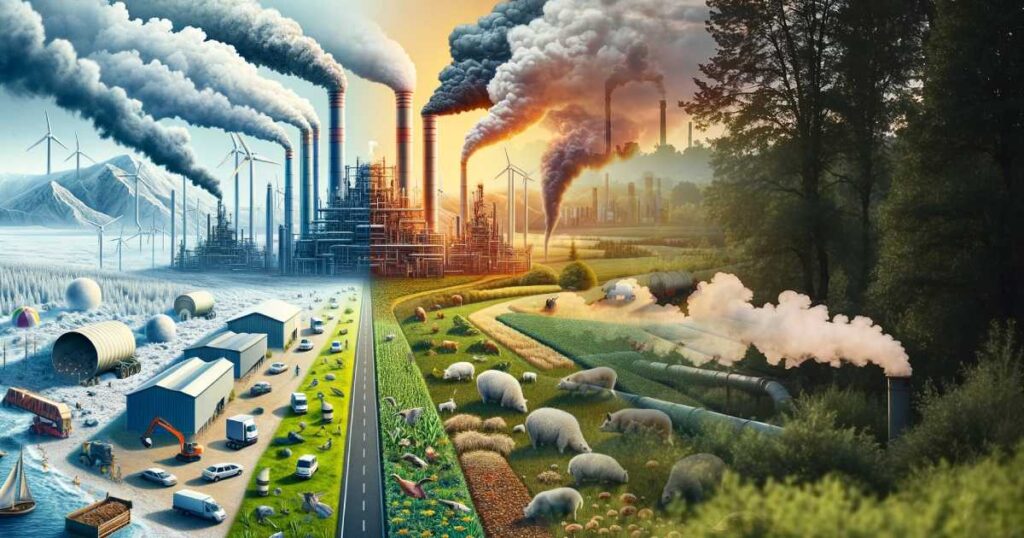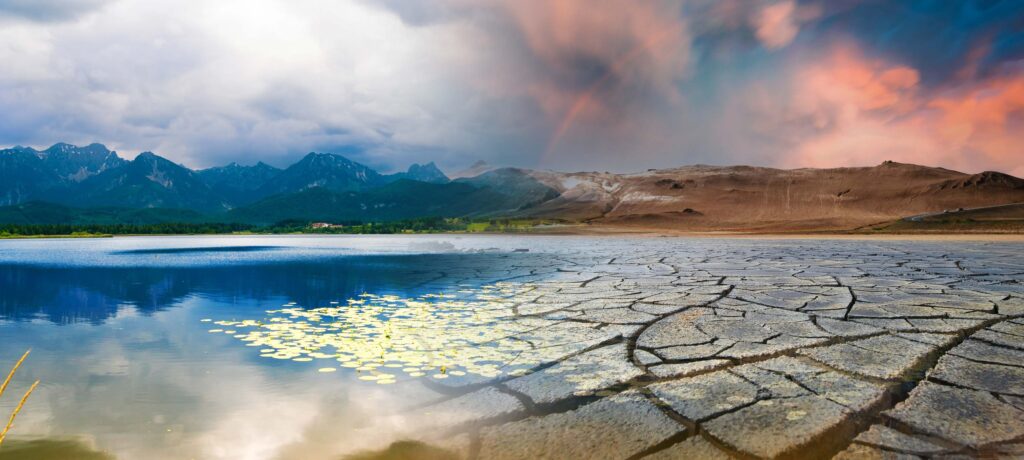Renewable Energy in Singapore 2024
The conversation about renewable energy in Singapore has gained significant momentum in recent years, driven by the city-state’s vulnerability to climate impacts. This momentum will continue in 2024 and beyond. Climate change will put the country’s status as one of the leading economic, finance and fossil fuel hubs in Asia in jeopardy if action isn’t taken. The island nation must implement major adaptation and mitigation strategies to reduce the impact of rising sea levels, higher temperatures and severe storms.
One of the country’s core mitigation strategies is to reduce overall emissions, which are – per capita – in the top third of all nations. The two primary sources of carbon emissions in Singapore are the industrial and energy sectors, which account for 47% and 41% of emissions, respectively. Both sectors heavily depend on fossil fuels, which directly relates to their high emissions rates.
As a result, improving energy efficiency in both sectors and transitioning to renewable energy in Singapore is a necessity.
Singapore’s Energy Sources
Fossil fuels heavily dominate Singapore’s energy supply. As of 2022, over 99% of energy in Singapore came from fossil fuel sources, with just slightly over 0.5% from renewable energy projects. However, renewables have been making incremental gains over the past several years.
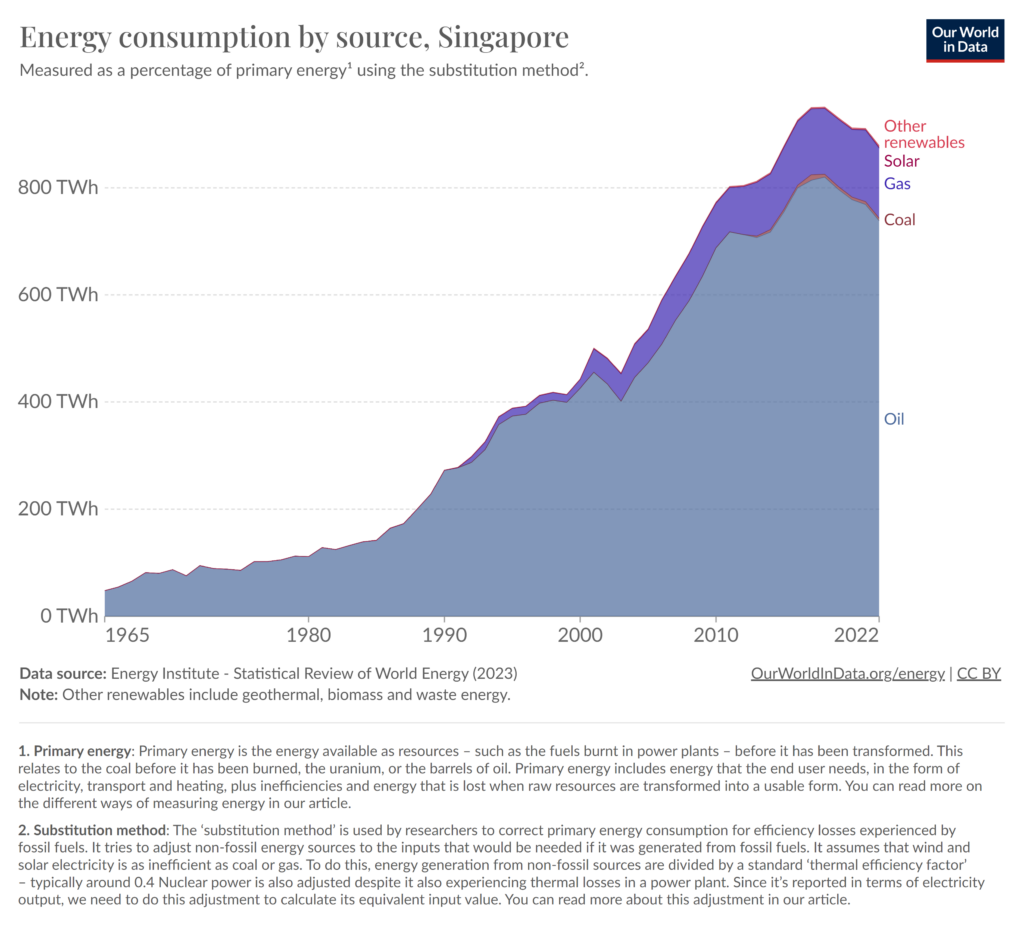
What Is Singapore’s Main Energy Source?
Singapore’s main energy source is oil and liquefied natural gas. The country’s overall energy consumption is 86% from oil and 13% from natural gas. However, when solely looking at electricity generation, this ratio flips, with 92% coming from natural gas and less than 3% from oil.
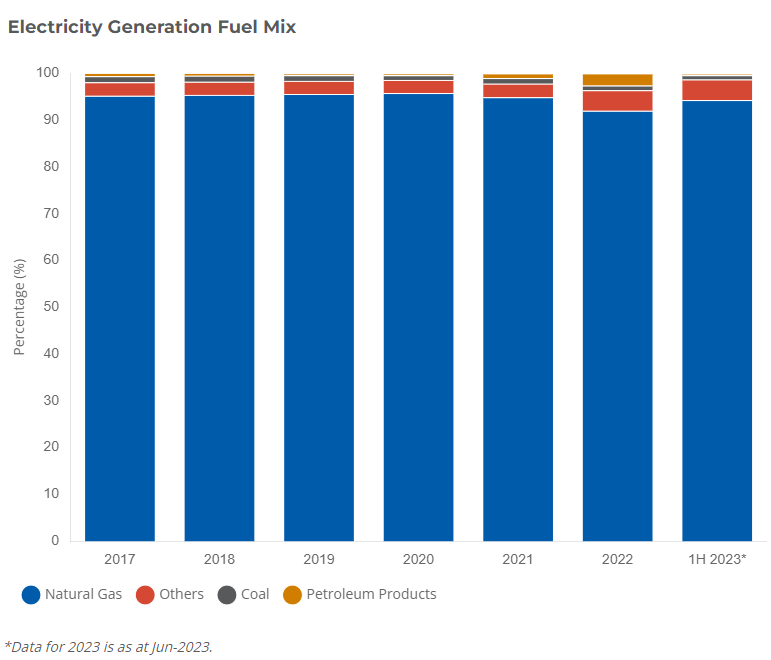
This difference is largely related to Singapore’s industrial sectors that process and refine oil. Singapore is one of the world’s leading refinery hubs and imports crude oil from the Middle East and neighbouring countries.
How Much of Singapore’s Energy is Renewable?
Although in its nascent stage, Singapore’s renewable energy sector has been slowly building momentum. Renewables gained over 1 TWh of energy share between 2021 and 2022 compared to a loss of 30 TWh for oil and 3 TWh for natural gas. Additionally, per capita renewable energy has more than doubled since 2015.
Singapore’s Solar Energy
Singapore’s renewable energy primarily comes from solar energy systems, which account for 68% of the country’s renewable energy generation. The remaining 32% comes from bioenergy. Due to viability issues, other common types of renewables – wind and geothermal – are not used in Singapore.
The Best Renewable Energy Source for Singapore
Among the available renewable energy sources, solar is the best renewable energy source for Singapore. The country is located along the equator, so it receives direct sunlight, leading to an annual solar irradiance of 1,580 kWh per square m.
However, solar is not without its challenges. Limited land makes it difficult to develop utility-scale projects, and regular cloud cover drives the intermittent nature of solar power. Singapore is deploying Energy Storage Systems (ESS) to address this intermittency. The country is also looking at alternatives, like floating solar farms, but there is still no wide-scale implementation. Buildings can be used to install solar panels to generate low carbon electricity.

Alternatively, other renewable energy options are largely not viable based on Singapore’s geographic and climate conditions. For example, low average wind speeds reduce wind turbines’ feasibility, with a low tidal range limiting the effectiveness of tidal energy. Meanwhile, there are no major waterways to tap into for hydropower.
Overall, solar energy remains the best option. Yet, the country’s capacity for renewable energy generation is low.
Singapore Green Plan 2030 and Renewable Energy Targets
Looking towards the future, Singapore has set a series of renewable energy targets for 2030 with an end goal of achieving net-zero emissions by 2050.
Many of these goals are part of the country’s broader climate adaptation and mitigation strategy outlined in the Singapore Green Plan 2030. The plan includes a series of initiatives promoting renewable energy, such as deploying 2 GW of solar photovoltaic systems and ensuring that all newly registered cars are clean-energy models by 2030. Beyond directly facilitating renewable energy development, the plan also touches on green initiatives like increasing tree cover to reduce the urban heat island effect and developing coastal protection strategies to combat rising sea levels.
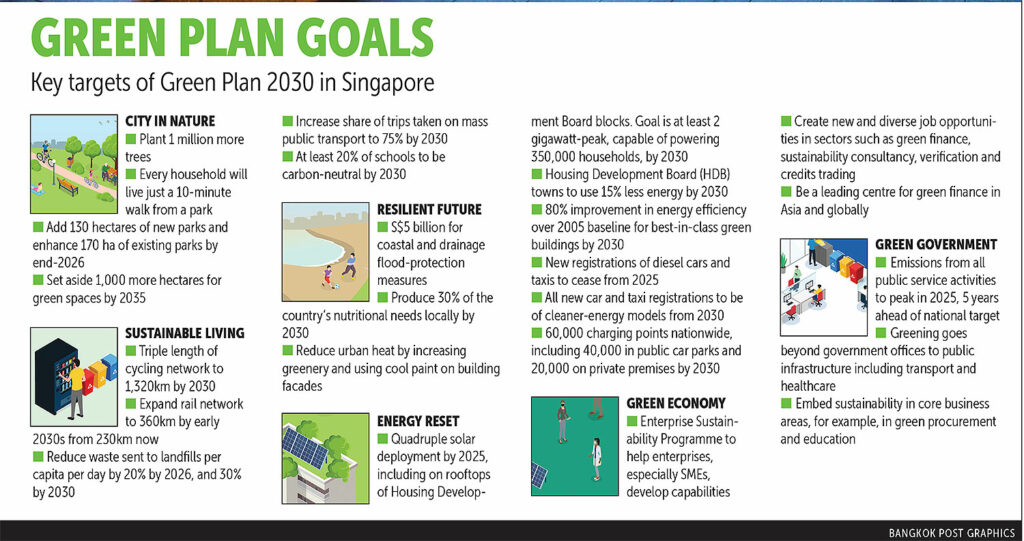
Additionally, the country has announced other key steps not included in the Singapore Green Plan 2030 to help it reach net-zero by 2050. One of the most notable is its 2035 goal to import from regional power grids 30% of its electricity needs from low-carbon energy produced in surrounding nations. Energy developers in Cambodia, Indonesia and Vietnam have already expressed interest in selling renewable energy to Singapore. Renewable energy import is a good option for achieving energy security.
Given Singapore’s unique challenges as a small island city-state with limited natural resources, the path to a net-zero involves local, regional and global efforts.
Building a Resilient Singapore
Singapore’s renewable energy growth is a significant part of its climate adaptation and mitigation strategy. This will not only help reduce local impacts, but it will play an essential role in the global fight against climate change.
As the country continues toward its 2030 and 2050 goals, it will need to balance its economic growth and environmental stewardship. This may come at the cost of near-term growth for the existing industrial sectors that dominate the country’s economy. However, if Singapore can follow through, it will create a resilient nation that grows sustainably with the changing environment.
Eric Koons
Writer, United States
Eric is a passionate environmental advocate that believes renewable energy is a key piece in meeting the world’s growing energy demands. He received an environmental science degree from the University of California and has worked to promote environmentally and socially sustainable practices since. Eric has worked with leading environmental organisations, such as World Resources Institute and Hitachi ABB Power Grids.
Eric is a passionate environmental advocate that believes renewable energy is a key piece in meeting the world’s growing energy demands. He received an environmental science degree from the University of California and has worked to promote environmentally and socially sustainable practices since. Eric has worked with leading environmental organisations, such as World Resources Institute and Hitachi ABB Power Grids.

